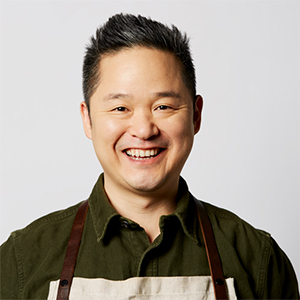Crafting the Educational Blueprint for a Graphic Designer Career
Published in EDU Advice
The pathway to a career as a Graphic Designer typically begins with a bachelor's degree in Graphic Design or a closely related field such as Visual Arts or Communication Design. These programs offer coursework in color theory, typography, digital design, and visual composition, providing a solid foundation in the creative and technical aspects of graphic design.
Some graphic designers might choose to pursue a Master's in Graphic Design or a related field to deepen their expertise in areas like brand identity, digital media, or interactive design. However, this is often a personal choice and not a strict requirement for many design roles.
Crucially, a graphic designer's education extends beyond formal training. Real-world experience through internships or freelance work is often highly valued, providing practical insight into client needs, project management, and design workflows. These experiences also help in building a robust portfolio, a must-have for any graphic designer seeking employment.
Familiarity with design tools is essential for this career. Proficiency in Adobe Creative Suite, including Adobe Illustrator, Photoshop, and InDesign, is typically expected. Knowledge of other tools like Sketch, Canva, or CorelDRAW can also be beneficial. Many of these skills can be developed or enhanced through online courses, tutorials, or self-study.
Professional certifications, like the Adobe Certified Expert (ACE), can demonstrate a high level of competence with specific software and might give a competitive edge in the job market.
In the rapidly evolving field of graphic design, staying abreast of the latest design trends and technological advancements is crucial. This involves continuous learning, often through webinars, workshops, or design conferences, and regular perusal of design blogs and journals.
In essence, becoming a Graphic Designer involves a blend of formal education, practical experience, proficiency in design tools, potential professional certifications, and a commitment to staying updated in the ever-changing world of design.
This article was generated by Open AI with human guidance and editing along the way.









Comments